The iPhone 14 lineup has been announced. The lineup consists of four devices: iPhone 14, iPhone 14 Plus, iPhone 14 Pro, and iPhone 14 Pro Max. Finally, we bid adieu to the notch on the 14 Pro series, which Apple initially introduced with the iPhone X in 2017.
The notch is replaced by a pill-shaped cutout housing the camera and Face-ID sensors, which Apple calls the Dynamic Island. Also, the iPhone mini era finally ends, with the iPhone 13 mini being the last mini-sized iPhone you can get. Let’s look at each of the iPhones released at Apple’s Far Out event on September 7, 2022.
iPhone 14 Pro unboxing and first impressions
iPhone 14 and iPhone 14 Plus
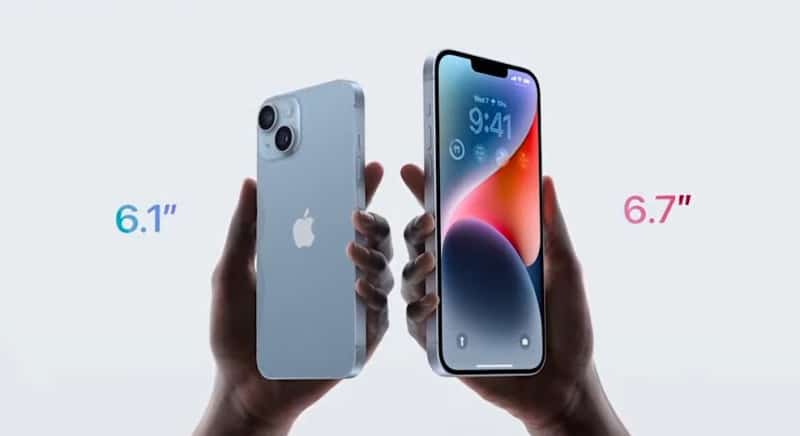
Insignificant sales figures ushered the end of the iPhone mini lineup. Compared to the normal 6.1-inch iPhone 12 and 13, the iPhone 12 and 13 mini devices had very low sales figures. And, since people prefer larger phones, Apple has introduced a 6.7-inch iPhone 14 Plus alongside the 6.1-inch iPhone 14.
However, apart from the larger size of the iPhone 14 Plus, the iPhone 14 has incremental upgrades compared to the iPhone 13. Keep these side by side, and you won’t be able to tell them apart.
Build and design of the iPhone 14 and 14 Plus
The iPhone 14 has a 6.1-inch display, and the iPhone 14 Plus has a 6.7-inch display. Both models have ceramic shield glass on the front and the back and are built with aerospace-grade aluminum. The iPhones have IP68 dust and water resistance.
Apart from these changes, in terms of design, everything is the same. The notch is the same size; the camera module is the same size. The camera alignment remains diagonal, and so forth. Even though the processor on the iPhone 14 is the A15 Bionic SoC, there are improvements to the performance.
Performance of the iPhone 14 and 14 Plus
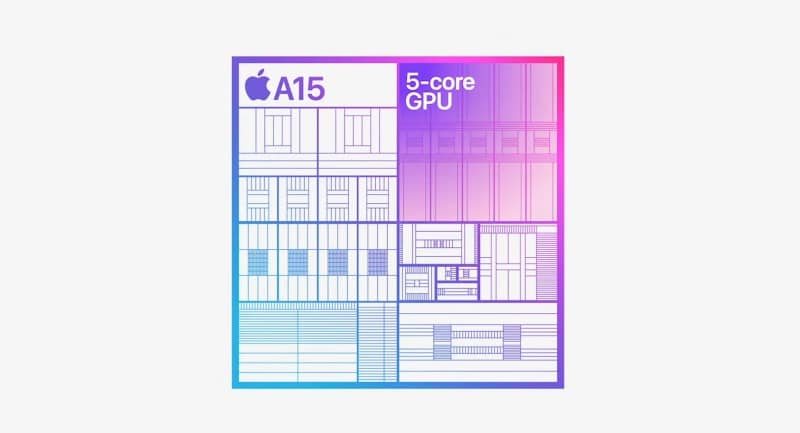
While the iPhone 14 has the tried and tested previous generation A15 Bionic SoC, it is the processor found in the iPhone 13 Pro and not the standard 13. This A15 SoC has 5 GPU cores which are 18% faster and enables smoother graphics in heavy workloads like gaming when compared to the standard iPhone 13.
The A15 Bionic has a 6-core CPU with 2 high-performance and 4-efficiency cores. To push the limits of machine learning, it has a 16-core Neural Engine. The same Image signal processor does not see any new changes but enables better photography thanks to new camera sensors on the iPhone 14.
Camera improvements to iPhone 14 and 14 Plus
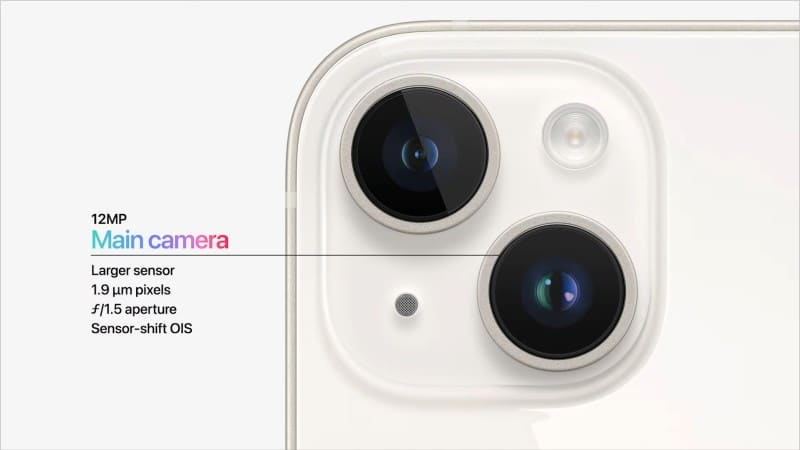
The primary sensor on the standard iPhone 14 and 14 Plus has been upgraded to a larger 12MP sensor with larger pixels at 1.9 μm (microns), with an f/1.5 aperture while retaining sensor-shift OIS capabilities. A faster aperture reduces motion blur and retains details.
Apple claims a 49% improvement in low-light scenarios, and the Night Mode exposure is now 2 times faster than its predecessor. The front camera is upgraded to a true-depth 12MP sensor with an f/1.9 aperture. Again, Apple claims low light performance has a 38% increase over its predecessor.
Apart from hardware upgrades, we also see Autofocus capabilities in the front camera for the first time. When paired with the true-depth capabilities of the sensor, it can focus faster, even in low light conditions.
Photonic Engine is a new feature introduced with iPhone 14 which applies deep fusion to uncompressed images that help retain more information and details. All the camera sensors on the iPhone 14 can shoot up to 2 times better low light images on all 3 cameras.
We’re aware that iPhones shoot the best quality videos. But there’s always scope for improvement, so Apple has introduced the Action mode. It eliminates the need to carry a gimbal, provides a smooth and stable video, and supports Dolby Vision HDR.
No Sim tray on the iPhone 14 and 14 Plus
Yes, you read that right. All the models in the iPhone 14 series will no longer have a physical sim card slot. This only applies to iPhones sold in the US. It is a helpful feature to improve the security of your iPhone because no one can remove the sim if your iPhone is lost or stolen.
Regarding security features, we also have Crash detection thanks to the new High dynamic range gyroscope and dual-core accelerometer, which can detect 256Gs and automatically provide emergency services.
Another revolutionary security feature is Emergency SOS via satellite. The feature shows where to point your iPhone to establish a satellite connection and stay connected as the satellite moves.
iPhone 14 and 14 Plus colors and pricing

The iPhone 14 and 14 Plus are available in 5 color options: Blue, Purple, Midnight, Starlight, and PRODUCT Red. Prices for the iPhone 14 begin at $799, and the iPhone 14 Plus begins at $899.
The devices are available for pre-order starting on September 9. the iPhone 14 will be available on September 16, and iPhone 14 Plus will be available on October 7.
iPhone 14 Pro and 14 Pro Max
Apple has finally moved on from the notch after 5 long years. The iPhone 14 Pro and 14 Pro Max now house the camera and Face-ID sensors in a pill-shaped cutout which Apple calls the Dynamic Island. Let’s dive in and see what’s new with the iPhone 14 Pro series.
Build and design of the iPhone 14 Pro and 14 Pro Max
The iPhone 14 Pro features a 6.1-inch display, while the 14 Pro Max features a 6.7-inch display. The display and the back panel sport ceramic shield protection, and the frame is made from surgical-grade stainless steel. The iPhones have IP68 dust and water resistance.
The bezels on the iPhone 14 Pro and 14 Pro Max are slimmer and have more active areas. To bring the iPhone display to the same level as the Pro Display XDR, it provides a peak HDR brightness of 1600 nits. To further push the limits of the display, it can reach up to 2000 nits of outdoor brightness.
Always on Display has finally made its way to the iPhone. It is available on the iPhone 14 Pro models. And since it is an LTPO panel, it can operate on refresh rates as low as 1Hz. The lock screen goes dim to enable Always on Display, and all the essential information is available even when AOD is enabled, and the display is dimmed down.
Display Island on iPhone 14 Pro and 14 Pro Max
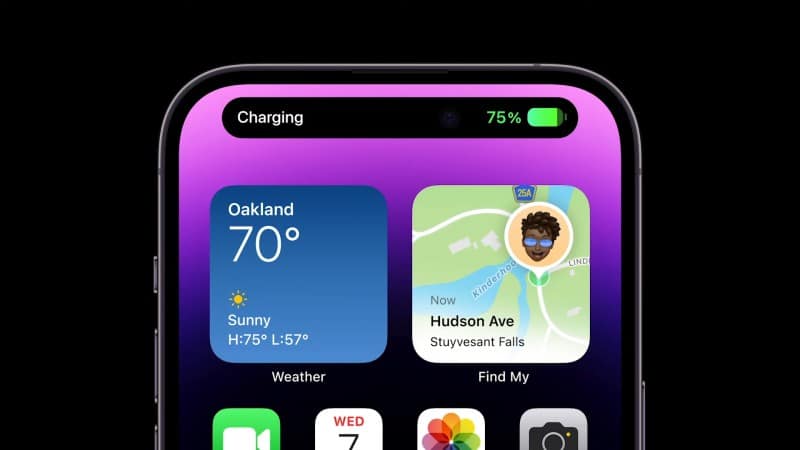
The notch is replaced by Dynamic Island, which occupies 30% less area as all components are redesigned and fit in a smaller area. The goal of Dynamic Island is to blur the line between hardware and software. Another impressive implementation by Apple is placing the proximity sensor behind the display.
Dynamic Island is a highly adaptive space that fluidly adapts to unique animations and transitions. It displays a ton of information. Whenever you receive notifications and alerts, it expands to notify you.
For example, if you connect your AirPods to your iPhone, Dynamic Island will expand and confirm your AirPods are connected. There are several such alerts, and they carry a unique design and personality.
Since Dynamic Island is interactive, you can tap and hold to expose more options or tap on it to go back to the app. It is especially useful on calls as you can tap on it and expand it, displaying all the options. If you’re looking to enhance your iPhone experience, consider exploring cool Dynamic Island wallpapers for iPhone to add a personalized touch to your device.
Live Activities – a feature introduced with iOS 16 – works seamlessly in integration with Dynamic Island.
Performance of iPhone 14 Pro and 14 Pro Max
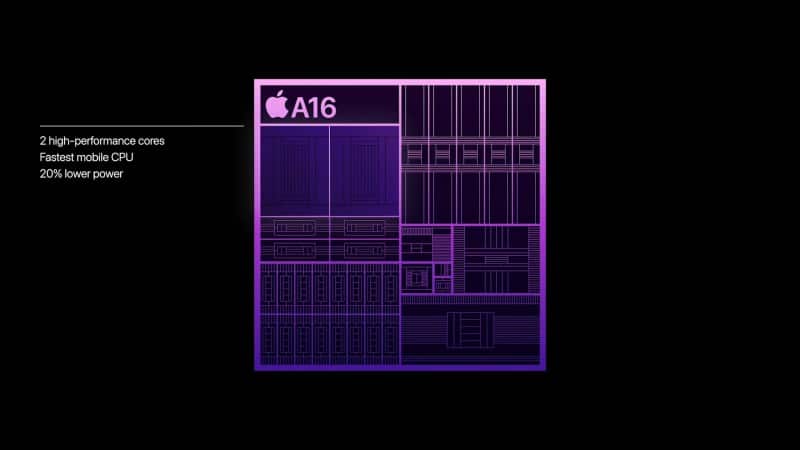
The A16 Bionic SoC powers the iPhone 14 Pro and 14 Pro Max. The chip focuses on Power Efficiency, Display, and Camera. It is built on a 4-nanometer process and has 16 billion transistors which are the most ever in an iPhone.
Apple claims that A16 Bionic SoC is the fastest smartphone chip ever. But, apart from being built on a 4-nanometer process, the A16 Bionic has 6 CPU cores with 2 high-performance and 4 high-efficiency cores while consuming 20% less power than the A15 Bionic SoC.
The Neural Engine has 16 cores capable of 17 trillion operations per second. How can we forget the 5-core GPU that enables 50% more memory bandwidth for graphic-intensive games?
A new Display Engine on the A16 Bionic SoC enables a 1Hz refresh rate, always on display, high peak brightness, etc. It also helps in making the animations and transition of Dynamic Island smoother.
The CPU, GPU, Neural Engine, and the Image Signal Processor work in unison to perform up to 4 trillion transactions per photo. The ISP is also designed to support new generations of technology that help the most powerful Pro camera system on an iPhone.
Camera upgrades to iPhone 14 Pro and 14 Pro Max
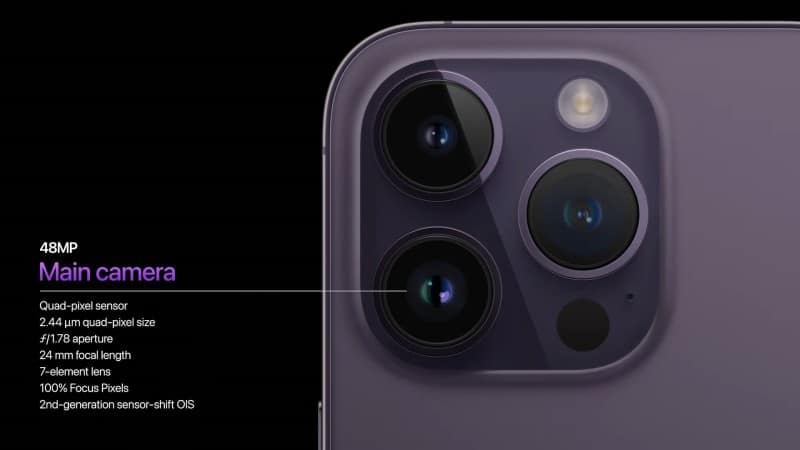
Apple shifted from 8MP sensors to 12MP sensors in 2015. Ever since, all iPhones featured a 12MP sensor, but that changed with iPhone 14 Pro lineup. We hope to see a major leap in photography and videography by introducing a 48MP camera with a quad-pixel sensor.
The 48MP sensor has an aperture of f/1.78 and 2.44 μm (microns) quad-pixel size. It also features the second generation of Sensor-shift OIS and adopts the popular 24mm focal length renowned for its versatility.
Quad pixel technology is the process of pixel binning, which groups four pixels into one large quad-pixel. Normal images captured will be in 12MP; to shoot in 48MP, you must resort to ProRAW. Professionals prefer shooting in RAW mode as they can change the images without losing details.
The 48MP sensor also adds 2X zooming capabilities without losing the quality. This is enabled by binning the pixels of the 48MP sensor and using the 12MP binned sensor to capture 2 times optically zoomed-in image and 4K video. It also helps capture wonderful portrait images.
The Ultrawide camera is also upgraded to a new 12MP sensor with an aperture of f/2.2 and a 1.4 μm (microns) pixel size. It delivers up to 3 times improvement in low light images, and major improvements to Macro photography as the lens is sharper and captures more detail.
The flash gets a massive overhaul and functions as an adaptive flash based on the focal length of the image being shot. We now have an array of 9 LEDs, and the software controls the pattern and intensity of the flash.
Cinematic Mode also gets an update where it supports 4K video in up to 30 frames per second, 24 frames per second.
iPhone 14 Pro and 14 Pro Max Colors and Pricing
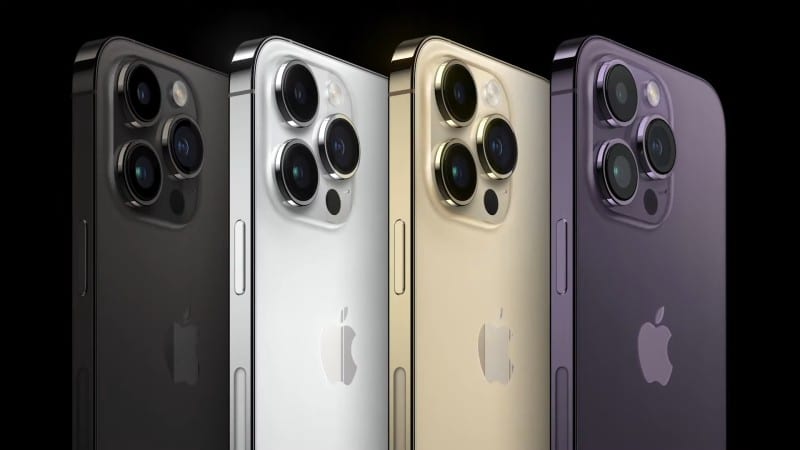
Apart from the above-listed features, the iPhone 14 Pro lineup also has the features of the iPhone 14 lineup. Crash Detection, Emergency SOS via satellite, eSIM functionality, etc., are available on the iPhone 14 Pro lineup.
Apple has priced the iPhone 14 Pro at $999 and iPhone 14 Pro Max at $1,099. It is available in four color options: Gold, Silver, Space Black, and Deep Purple.
Wrapping up…
These are some of the features of the iPhone 14 lineup. We will keep updating the article as we come across more features of the iPhone 14 lineup. If you have any doubts or want to bring to our notice any significant feature we might have missed out on, leave a comment below. We will make sure to answer your queries or add your points to the article.
Video: What’s new in iPhone 14 Series – Specs, Feature, and Price
Read more:

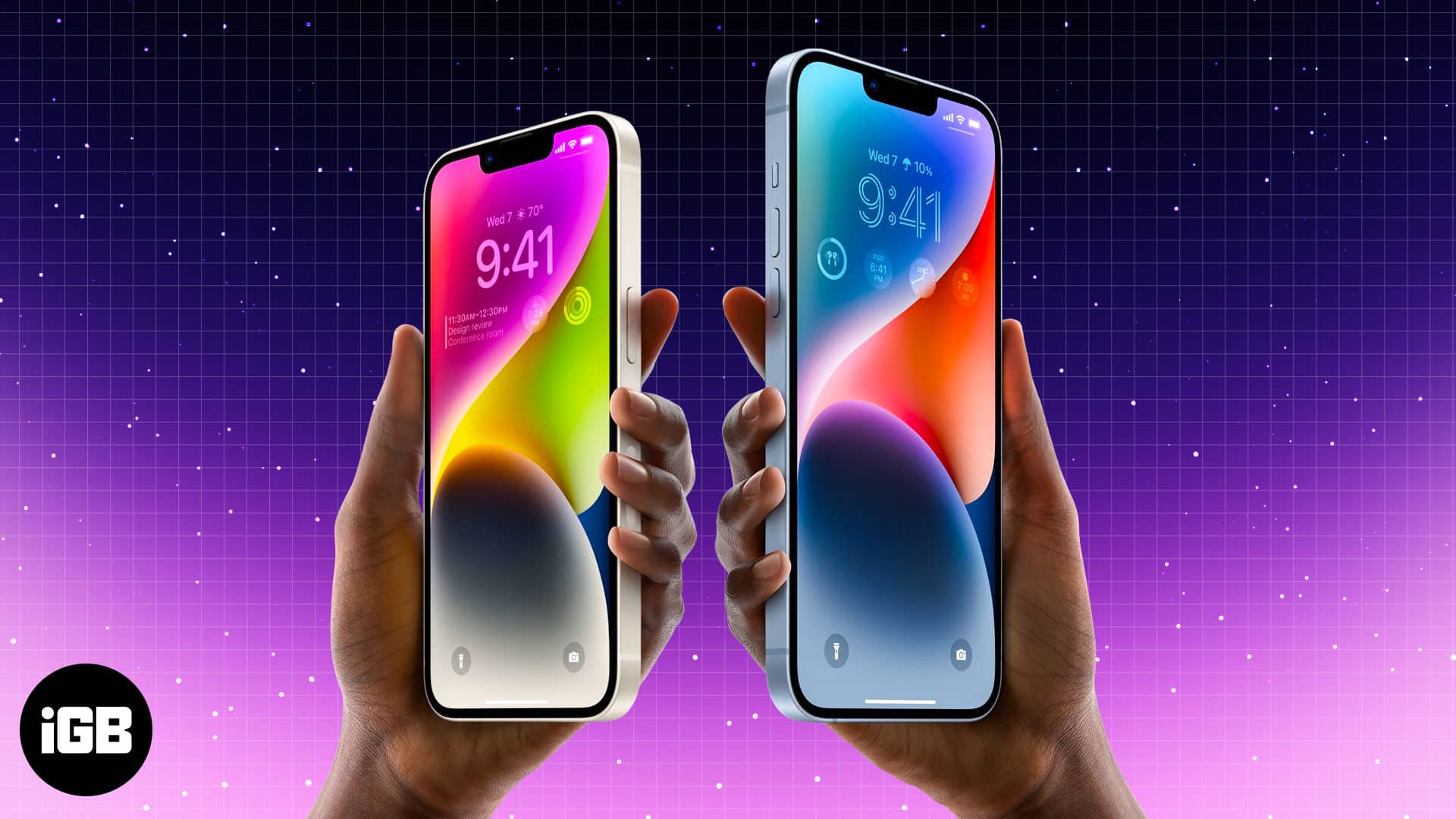







Leave a Reply